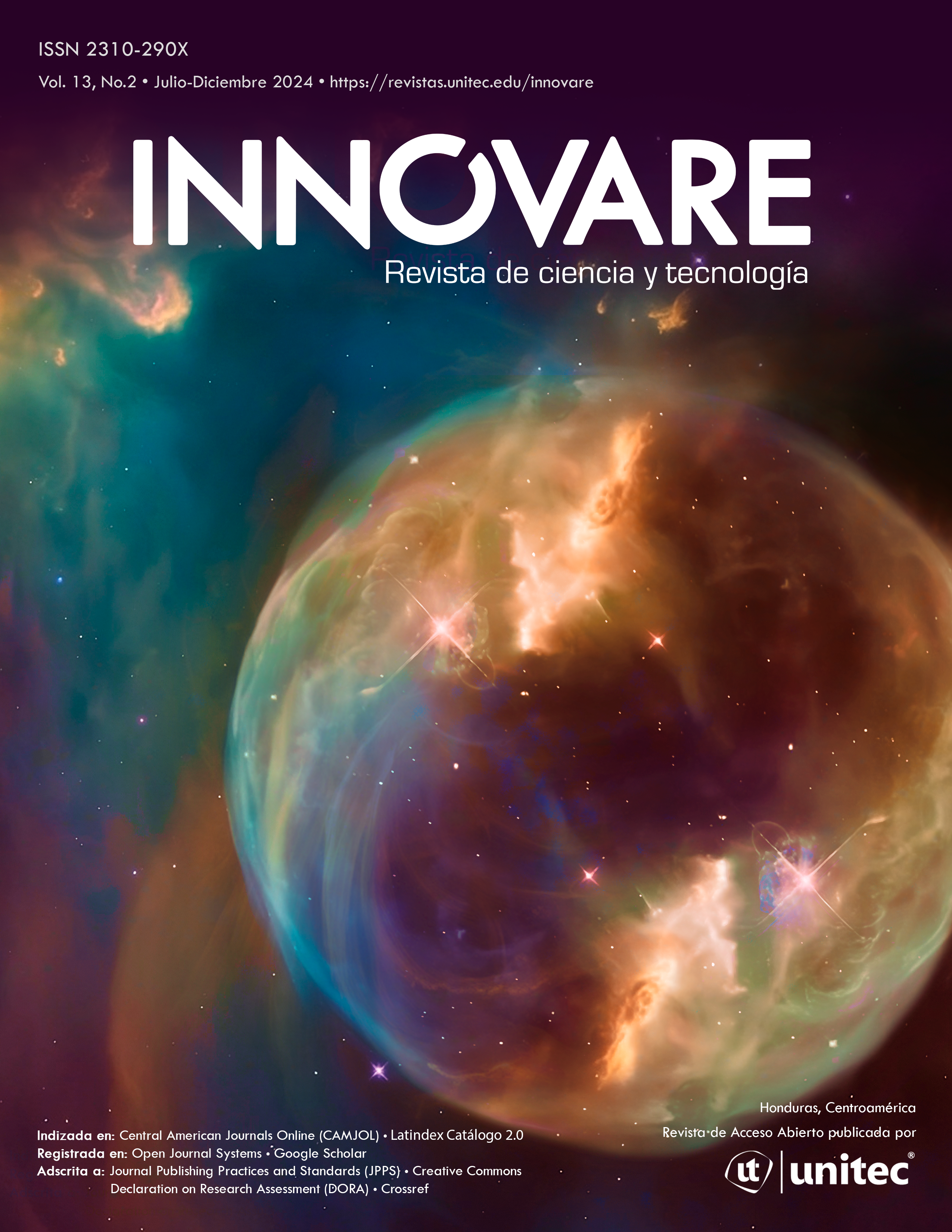Abstract
AI is currently the most powerful weapon, and its military applications—seldom disclosed—represent a legitimate concern for conscious global citizens who reflect on the possibility that the point of singularity may soon be reached, if it has not already been. Developments such as SingularityNET, framed under the discourse of democratizing AI, pose a threat to all of humanity by attempting to endow software—capable of operating across various hardware platforms—with self-management capabilities, thereby granting them the freedom to make autonomous decisions.
References
Bentz, V. M., Marlatt, J., Shapiro, J. J., & Fortune, L. D. (2025). Mindful inquiry in social research. Sage Publications.
Chenoweth, E., & Stephan, M. J. (2011). Why civil resistance works: The strategic logic of nonviolent conflict. Columbia University Press.
Cyranoski D. (2019). The CRISPR-baby scandal: what's next for human gene-editing. Nature, 566(7745), 440–442. https://doi.org/10.1038/d41586-019-00673-1
Einstein, A. (1984). Letter to Franklin D. Roosevelt (1939). In Ideas and opinions (pp. 294-296). Crown.
Future of Life Institute. (2025). AI policy recommendations. https://futureoflife.org
Moore, G. E. (1965). Cramming more components onto integrated circuits. Electronics, 38(8), 114-117.
Mulgan, T. (2016). Superintelligence: Paths, dangers, strategies. Oxford University Press.
Russell, S. (2019). Human compatible: AI and the problem of control. Penguin UK.
United Nations. (2023). Resolution A/RES/79/239 on AI and international security. https://digitallibrary.un.org/record/4064063
World Nuclear Association. (2020). Nuclear power accidents. https://world-nuclear.org

This work is licensed under a Creative Commons Attribution-NonCommercial-NoDerivatives 4.0 International License.
Copyright (c) 2025 Jimena García Merino


